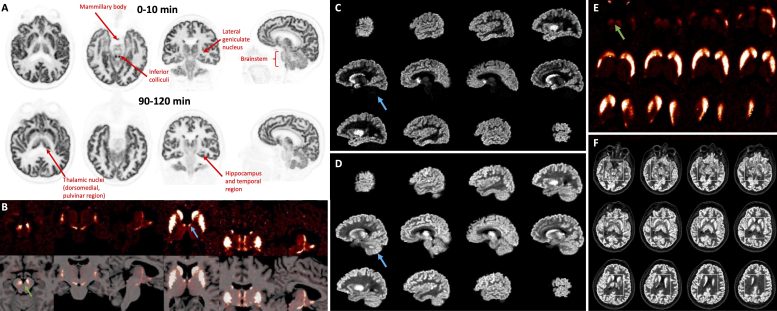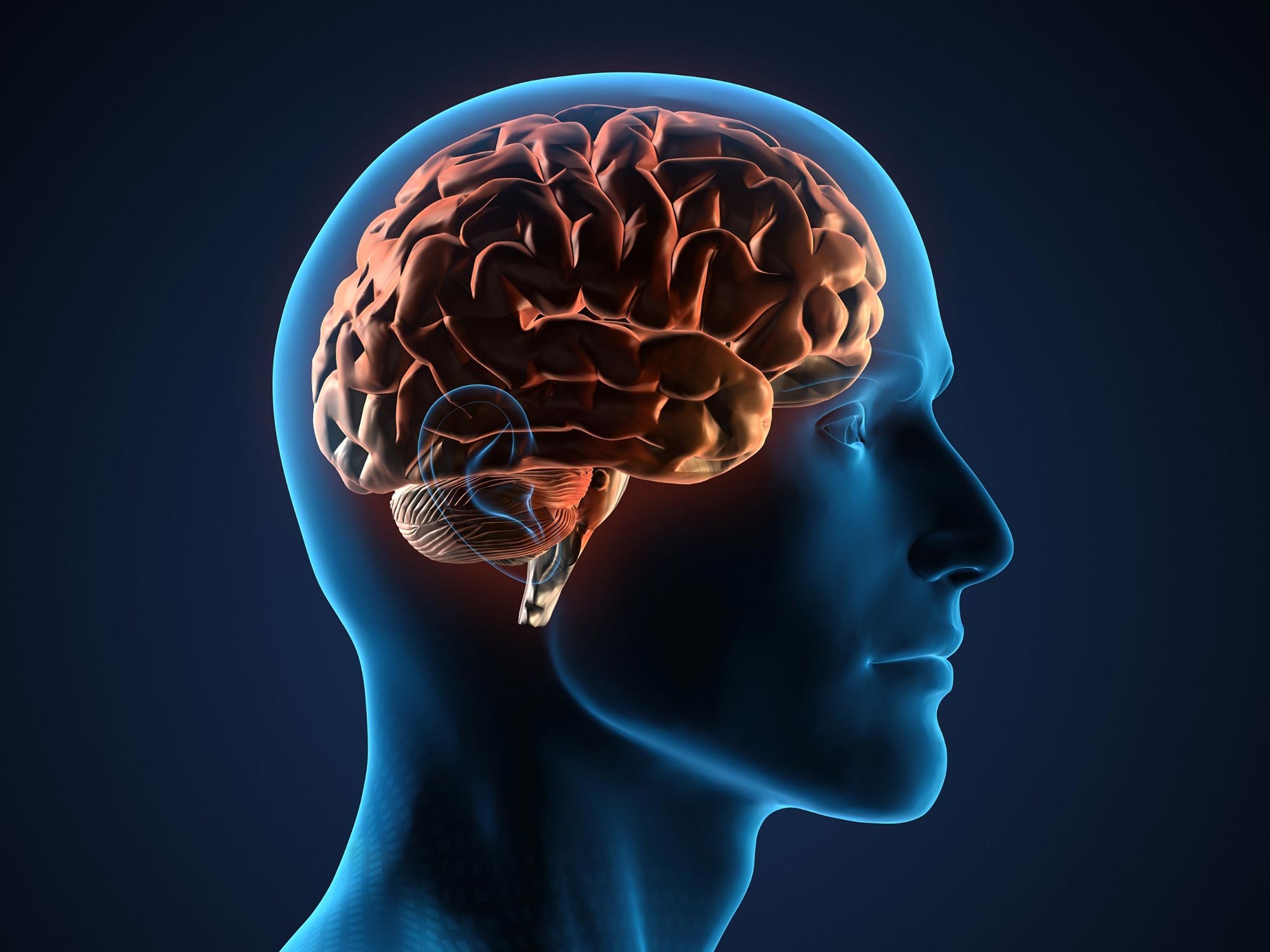The NeuroEXPLORER, an advanced brain PET system, showcased at the 2024 Society of Nuclear Medicine and Molecular Imaging (SNMMI) Annual Meeting, delivers unprecedented image quality and resolution, highlighting its capacity to enhance the diagnosis and treatment of brain diseases. This system, recognized with the 2024 SNMMI Henry N. Wagner, Jr., Image of the Year award, promises significant advancements in neuroscience research and clinical applications.
A new ultra-high-performance brain PET system allows for the direct measurement of brain nuclei as never before seen or quantified. With its ultra-high sensitivity and resolution, the NeuroEXPLORER provides exceptional brain PET images and has the potential to spur advances in the treatment of many brain diseases. This research was presented at the 2024 Society of Nuclear Medicine and Molecular Imaging (SNMMI) Annual Meeting, and the grouping of images highlighting targeted tracer uptake in specific brain nuclei has been selected as the 2024 SNMMI Henry N. Wagner, Jr., Image of the Year.
Each year, SNMMI chooses an image that best exemplifies the most promising advances in the field of nuclear medicine and molecular imaging. The state-of-the-art technologies captured in these images demonstrate the capacity to improve patient care by detecting disease, aiding diagnosis, improving clinical confidence, and providing a means of selecting appropriate treatments. This year, the SNMMI Image of the Year was chosen from more than 1,500 abstracts submitted for the meeting.
Design and Capabilities of NeuroEXPLORER
The image quality of PET systems has improved in recent years, mostly by increases in sensitivity, including enhanced time-of-flight capabilities. However, these systems have shown only minimal improvement in intrinsic resolution. To address these issues, researchers designed the NeuroEXPLORER PET scanner with a focus on ultra-high sensitivity and resolution, as well as continuous head motion correction.

Figure 1. A. 18F-SynVesT-1 images at early (0-10) and late (90-120 minute) times postinjection. There is clear identification of high flow regions in the early images. The late images show the synaptic (SV2A) pattern which differs from the flow pattern, e.g., in the thalamus. B. 11C-PHNO binding potential (BPND) images shown in transverse, coronal, and sagittal orientations of PET alone and PET overlaid with MRI. Left: Region of substantia nigra (green arrow, max display: 4.0). Right: Thalamic region (max: 2.5) showing focal bilateral binding in a specific thalamic nucleus (blue arrow, likely anteroventral nucleus). C. Sagittal images of 11C-LSN3172176 M1 muscarinic cholinergic BPND (max display: 10). D. R1 images of the same tracer (max: 2). Cerebellum (blue arrow) shows no specific binding (C) and high tracer delivery (D). E. 18F-FE-PE2I dopamine transporter BPND images (zoomed, max display: 6) showing striatum and substantia nigra (green arrow). F. R1 images of the same tracer (max: 2) with inset showing zoomed region in E. Credit: Images created by Richard E. Carson, et al., Yale University, New Haven, CT
In the study, researchers conducted human brain imaging with both the NeuroEXPLORER and the High Resolution Research Tomograph, or HRRT (the previous state-of-the-art imaging tool). Multiple targeted radiopharmaceuticals were administered to observe synaptic density, dopamine receptors and transporters, muscarinic cholinergic receptors, and glutamate receptors. Images from both scanners were then compared.
A striking improvement in image contrast and quality of the NeuroEXPLORER compared to the HRRT was evident. NeuroEXPLORER images demonstrated low noise and exquisite resolution, showing focal uptake in specific brain nuclei.
Testimonials and Future Potential
“The high resolution of NeuroEXPLORER images is due to the system’s unique detector design and exceptional sensitivity produced by its long axial field-of-view,” said Richard E. Carson, PhD, professor of Biomedical Engineering and of Radiology and Biomedical Imaging and Emeritus director of the PET Center at Exceptional Brain PET Images from the NeuroEXPLORER: Scans with Targeted Radiopharmaceuticals and Comparison to HRRT” by Richard Carson, Jean-Dominique Gallezot, Takuya Toyonaga, Tommaso Volpi, Nikkita Khattar, Mika Naganawa, Praveen Honhar, Tianyi Zeng, Kathryn Fontaine, Tim Mulnix, Shannan Henry, David Matuskey, Rajiv Radhakrishnan, Nabeel Nabulsi, Yiyun Huang, Ramsey Badawi, Simon Cherry, Ansel Hillmer, Terry Jones, Chi Liu, Evan Morris, Jinyi Qi and Hongdi Li, 9 June 2024, Society of Nuclear Medicine and Molecular Imaging Annual Meeting.
The NeuroEXPLORER scanner was built as a collaboration with Yale University, University of California, Davis, and United Imaging Healthcare of America, and was funded by a














/https://tf-cmsv2-smithsonianmag-media.s3.amazonaws.com/filer_public/34/31/3431771d-41e2-4f97-aed2-c5f1df5295da/gettyimages-1441066266_web.jpg)






Discussion about this post